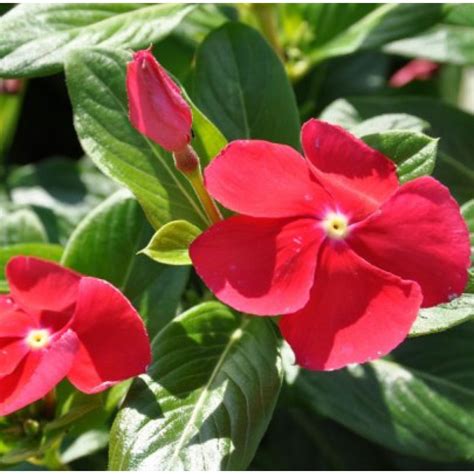Vinca Plant. The plants will be slow to start without the heat they know and love. Plant vinca vine in either sunlight or shade.

Vinca is a genus of herbaceous plants, that are commonly grown in gardens as ground cover. Vinca is the dried entire plant of catharanthus roseus linn., belonging to family apocynaceae. Some varieties have a light or dark pink center.
Consider Underplanting Vinca With Snowdrops Or Dwarf Narcissi.
If planted too early, vinca often develops fungus problems. Vinca, perennial plant features vinca, sometimes also called periwinkle, is a tough evergreen ground cover with shiny, leathery leaves that look good all year long. The plants will be slow to start without the heat they know and love.
Plant Your Vinca Minor When Temperatures Are Around 24 To 38 °C (75 To 100 °F).
Good soil drainage is important to prevent disease. Vinca can also stand up to drought. It should not be planted outside until the ground is very warm.
Vinca (Catharanthus Roseus) Is A Perennial In Usda Zones 9 T0 11 But Is Grown As An Annual In Most Regions.
Annual varieties (catharanthus) are pretty fillers for garden beds or. While most vinca varieties are easy to grow, it's important to choose the best for your space because there are annual and perennial types. Keep the soil moist for a few weeks or until new vinca vines are established, which is indicated by new growth.
The Plant Is Cultivated As Garden Plant In Europe And India.
A ph of 5.4 to 5.8 is ideal. After that time, vinca vines will need to be irrigated only during extremely hot, dry weather. Soil that will foster fungal disease in vinca plants will usually be constantly waterlogged.
Vincas Tolerate Dry Conditions And Are Resistant To Deer And Bunnies.
Vinca is the dried entire plant of catharanthus roseus linn., belonging to family apocynaceae. When growing in this region, confine your vinca to a pot or plant it in an area where you won't mind it coming back. Improper ph may increase disease problems with vinca.
